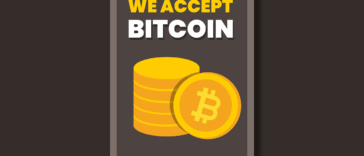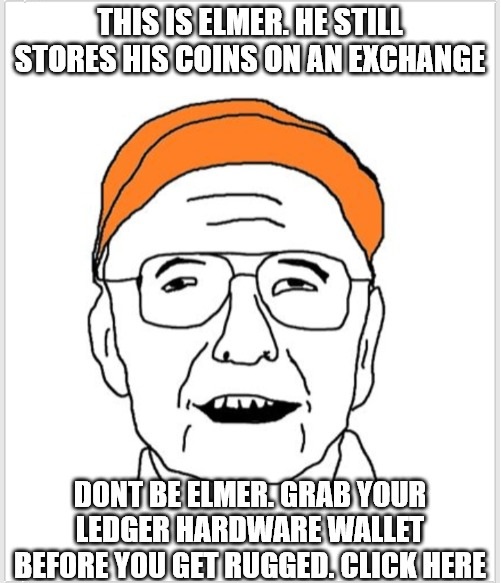Avalanche is one of the newest Crypto protocols. There is very little marketing or promotional material available online. Product specialists argue that a marketing budget isn’t needed if a product is truly superb, and that’s what I believe Avalanche’s strategy is. You won’t hear it being pushed by your favorite meme coin Youtubers. Instead, you’ll find a group of quietly dedicated stakers running nodes as well as private venture capital firms sneakily buying the dips.
I will attempt to break down this complicated protocol from its overly technical whitepaper into something a little more digestible.
Contents
#1 The Avalanche Consensus Model(aka how the network argues)
Ever since the 1980's the consensus model used for a long time was called the Practical Byzantine Fault. In simple terms, it helped take a whole bunch of different pieces and draw a conclusion based on the information each piece had. Think of a room with a bunch of people shouting about what they think the answer is.
In 2009, the Nakamoto-era of consensus was launched with Bitcoin. Nakamoto created the Proof of Work mechanism which greatly improved on the old byzantine models. Someone with a super expensive gaming GPU was solving math problems to earn Bitcoin(thanks crypto for making laptops so expensive nowadays) in exchange for melting the polar ice caps.
In 2020, Avalanche launched its own consensus model network. Avalanche is similar to the proof of stake model(where transactions are checked based on how many of that coin is held or staked) but with a few key differences.
It uses something called subsampled voting, which is kind of like jury duty. A few randomly selected people on the network are asked to check transactions at random. Much like jury duty, those participants are then put into a room together, and 'network gossip' takes place, where information is exchanged back and forth. The participants eventually conclude whether the transaction is valid 'guilty or innocent'.
One of the benefits is increased security. Unlike Bitcoin or Ethereum where the network can be attacked if one person holds the majority of the coins(this is called a 51% attack), Avalanche is a lot safer because the jury vets each other as well as the transaction itself, so it requires 80%.
Sub-sampled voting sounds a lot better than checking EVERY transaction, right? What this means is that the network can save a lot of time. Imagine working at a post office but instead of having to send out 10,000 packages, only the packages that couldn't get automatically sorted were given to you. Now, you finish your job a lot faster.
In terms of blockchain, this means Avalanche has a time-to-finality of fewer than 3 seconds(time the package was received until it was sent off), It can process up to 4500 transactions per second. Bitcoin on the other hand can only process 7 transactions per second with an hour-long finality time.
#2 Chains Within Chains(Avax-ception)
One of the most unique characteristics of Avalanche is that it is actually 3 separate blockchains under one umbrella network. Much like the Three Little Pigs, there are 3 blockchains in our story you need to know about.
The first one is the X-Chain. The X-chain deals with the creation, management, and distribution of tokens. A shitcoin generator.
The second one is the C-Chain which is just a copy of the Ethereum virtual machine. Essentially, you can just copy and paste ethereum dApps onto it like downloading games online for some kind of Super Nintendo emulator. This allows lazy developers to import stuff on Ethereum without doing too much work.
And finally, we have the P-Chain. It coordinates the validator nodes as well as the staking mechanism. So in other words, it's like your boss at work, I guess?
Here's where it gets weird:
These chains can have subnets, and these sub-nets can have other sub-nets within them. It's kind of like a simulated universe or that one episode of Rick and Morty episode.
These sub-nets can run the Ethereum emulator on them or act as proof-of-stake or proof-of-work or any other consensus mechanism.
They can also be public or private. You know how when you play an online game and some of the rooms are locked with a password so only the host's friends can get in? Yeah, that's what Avalanche has, except with doors leading to doors leading to a locked door leading to emulators. It gets confusing, I know.
The rules can be set by each subnet through a DAO(Decentralized Autonomous Organization) so if the leader of one sub-net makes a rule that everything within the subnet has to be about cats and memes, well...that's the door to the cat universe within Avalanche.
#3 The Snowman Protocol & Tokenomics
Frosty the snowman was a jolly happy soul. He was made of decentralized code but the children know how he came to life one day.
Smart contracts are like wizardry on the blockchain, able to create new and interesting dApps, conjured to life by mere magic. This is exactly what the Snowman Protocol does, it makes it so smart contracts(magical programs running on the blockchain) can be created out of thin air!
Avalanche is considered deflationary in the long term because there is a fixed supply of 720 million tokens. Some of those tokens are locked up to reward stakers(people who are getting paid in Avalanche tokens to hold Avalanche, basically like earning loyalty points for not selling). The short-term staking rewards could be seen as inflationary, though, much like how Solana is also considered both.
Of course, with an ambitious project like Avalanche comes big money. 127 of the tokens were sold in presale by Avax Labs to whales and private VC firms with way too much money to know what to do with.
The team and 'foundation' were also given around 20%.
#4 A Snowball’s Chance…
I can appreciate a project with high potential. The lack of marketing and public discourse about Avax tells me that investors are still very early. Avalanche aims to compete with Ethereum and the big dogs. It offers more features at better speeds and a more attractive price.
I'm not going to suggest what you do with your money (we at CryptoGiggle aim only to inform and entertain) but to make you aware of the project and to break down the complexities.
Merry Christmas and may the gains be plentiful!
(The author of this article currently owns Avax tokens)



















Comments
Loading…